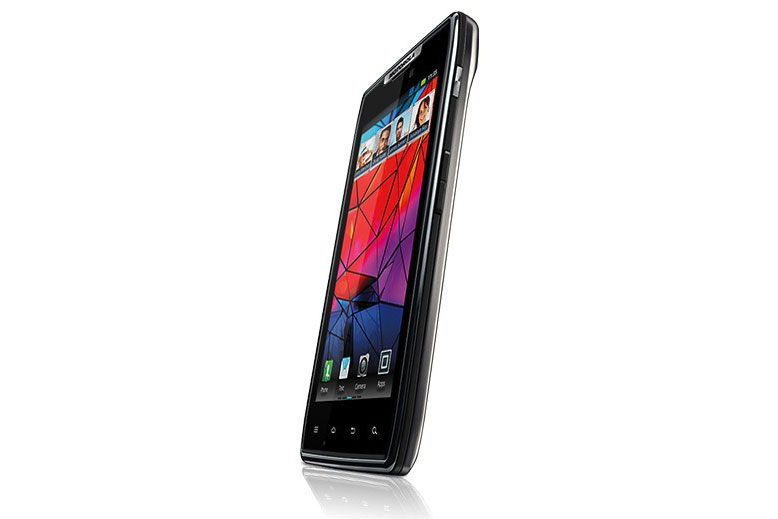Motorola Razr review
Motorola has resurrected the venerable Razr name for its new ultra-thin Android smartphone, but is the company on the bleeding edge or trading on past glories? Julian Prokaza finds out in our review.
The Motorola RAZR has all the makings of a great Android smartphone, but the middling quality of its big-screen is a let-down and the imminent Galaxy Nexus looks like it could be a better option. For now, the Samsung Galaxy S II is still our favoured Android smartphone, despite its smaller screen.

The RAZR's multitouch screen is very bright with excellent contrast.
Since it uses AMOLED technology, the RAZR's multitouch screen is very bright with excellent contrast, but it isn't as dazzling, or as super-saturated, as the similarly equipped Samsung Galaxy S II. That does mean that the photographic images it displays look a little more natural though, which is no bad thing. Unfortunately, the same can't be said of the way the RAZR displays text, since Motorola has followed Nokia's lead in fitting a sub-par PenTile matrix screen to its premium smartphone.
PenTile matrix display technology skimps on RGB sub-pixels to reduce screen manufacturing costs, which in turn reduces the actual pixel count. So, while the RAZR is reckoned to pack an impressively high 540 x 960 resolution display, the actual total subpixel count is one-third less than those numbers suggest and it shows. Text on the Motorola RAZR screen has the same slightly fuzzy appearance as on the Nokia Lumia 800 and while the effect in Android isn't as pronounced as with the text-heavy UI of Windows Phone 7, it's enough to distract.
Get the ITPro daily newsletter
Sign up today and you will receive a free copy of our Future Focus 2025 report - the leading guidance on AI, cybersecurity and other IT challenges as per 700+ senior executives
-
 M&S suspends online sales as 'cyber incident' continues
M&S suspends online sales as 'cyber incident' continuesNews Marks & Spencer (M&S) has informed customers that all online and app sales have been suspended as the high street retailer battles a ‘cyber incident’.
By Ross Kelly Published
-
 Westcon-Comstor unveils new managed SOC solution for Cisco partners
Westcon-Comstor unveils new managed SOC solution for Cisco partnersNews Powered by Cisco XDR, the new offering will enable partners to tap into new revenue streams, the company said
By Daniel Todd Published
-
 More than 5 million Americans just had their personal information exposed in the Yale New Haven Health data breach – and lawsuits are already rolling in
More than 5 million Americans just had their personal information exposed in the Yale New Haven Health data breach – and lawsuits are already rolling inNews A data breach at Yale New Haven Health has exposed data belonging to millions of people – and lawsuits have already been filed.
By Emma Woollacott Published